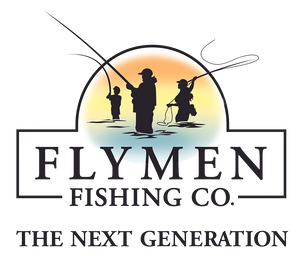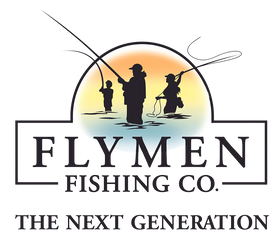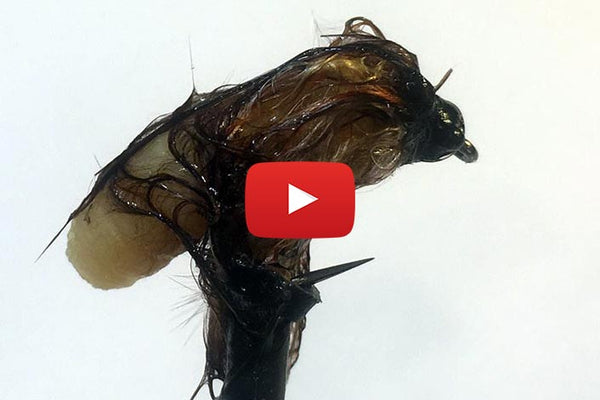Flymen Blog
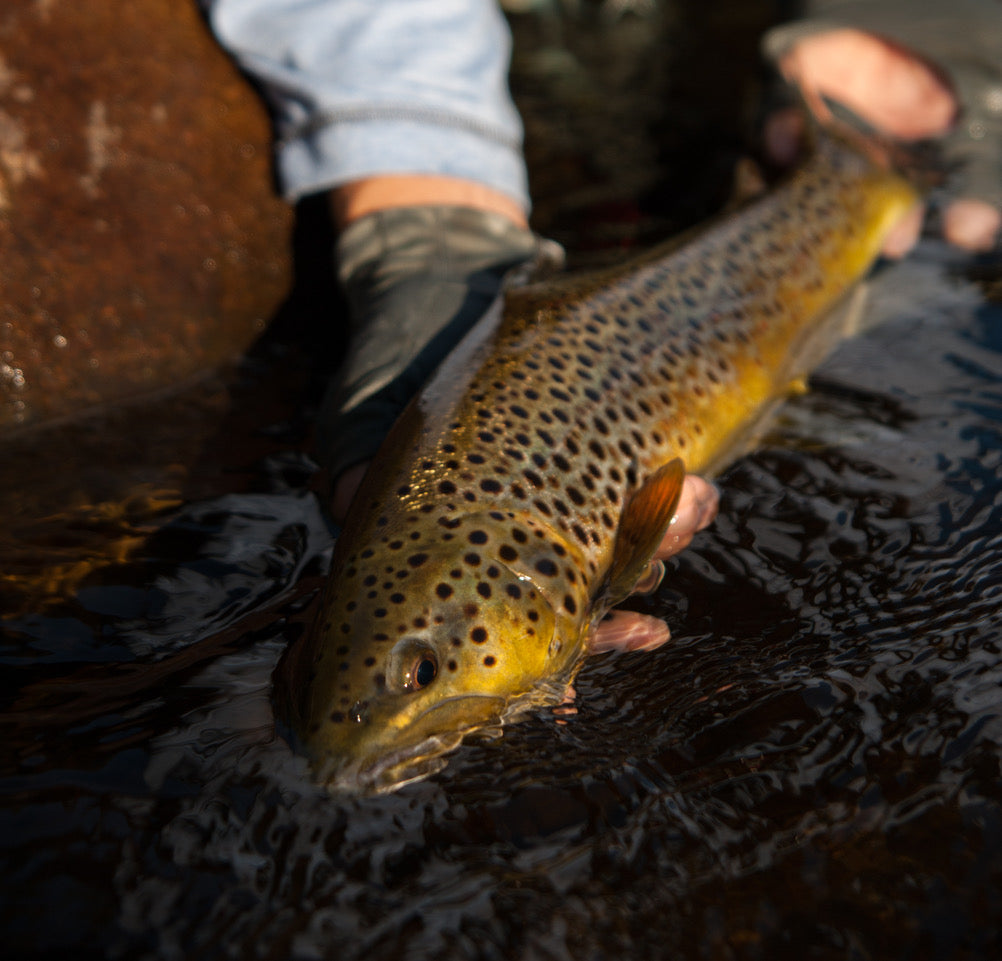
As a trout guide I like to think that there are no mistakes in fly fishing, rather there are learning opportunities — lots and lots of learning opportunities.
With each client I try to place an emphasis on proving yourself wrong, and by that I mean, take some rule/tactic/method and try to disprove it. After all, how many times have you done what was considered to be wrong and yet still caught a fish?
Habits on the other hand, are another story. Unlike mistakes, habits — especially a certain few — can be detrimental to catching trout. I'm going to address three of the worst habits I see on the water and how you can go about improving your habits to catch more trout.
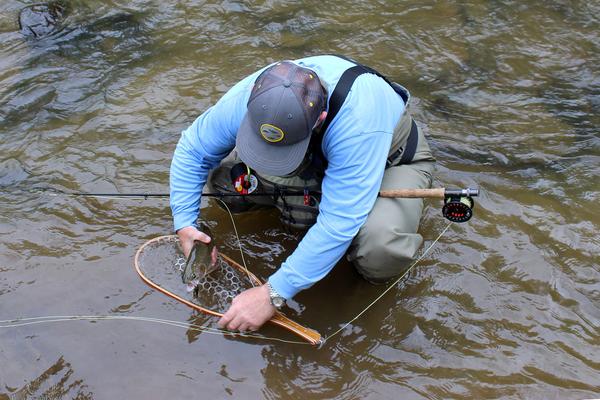
Varying your technique and presentation to match the fishing conditions at hand is key to consistently catching fish.
The dictionary defines the phrase, “One trick pony” as “a person or thing with only one special feature, talent, or area of expertise."
I see fly anglers all the time who are one trick ponies — for example, only fishing with dry flies or dry and dropper rigs no matter what the stream conditions are. Even guys who nymph fish can get caught up in only euro nymphing or only indicator nymphing.
We've all been guilty, myself included, of sticking to a favorite technique or fly for too long when it’s not producing.
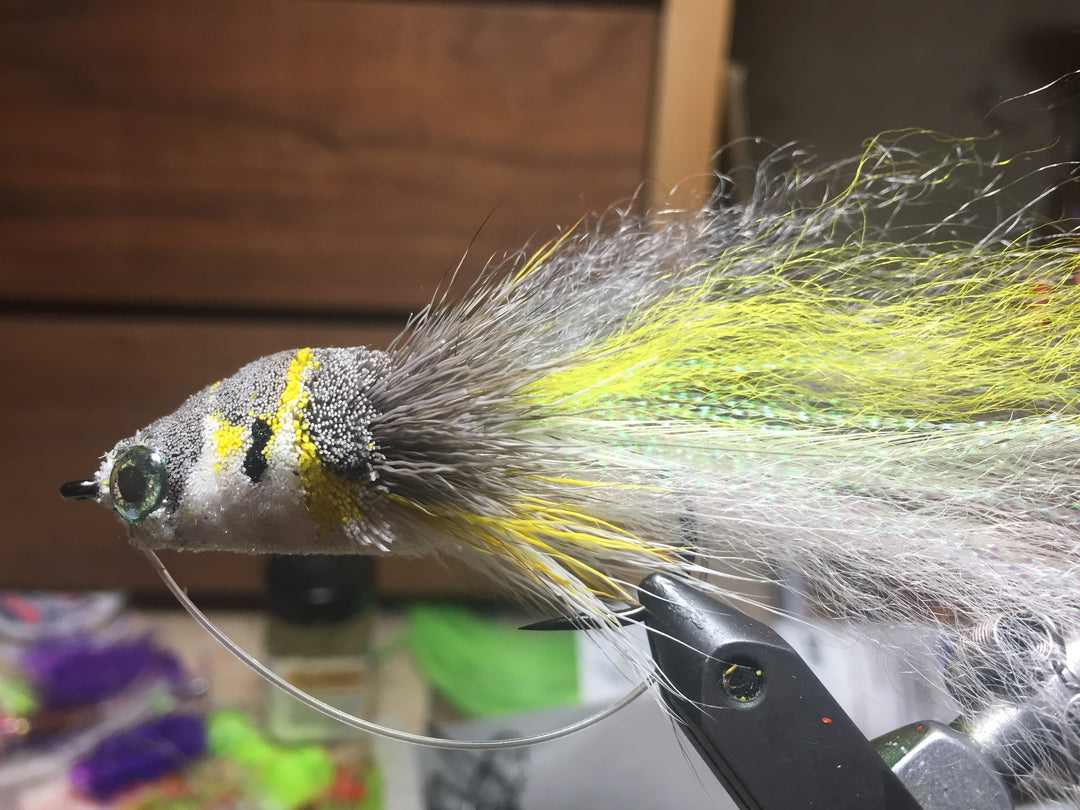
One of the Most Fun Parts of Fly Fishing Is Designing and Tying Flies.
As a fly tying instructor, I often have clients who have designed and tied a new pattern, but there is some flaw in the design (e.g. the wrong hook, articulated when it is not needed, too big, or too small) or material selection.
These are integral parts of fly design. The large cunning fish you'll be targeting know how their food choices move and will shy away from flies that do not move naturally.

Forget the Squirmy. Forget the egg flies. The Mop Fly is the most sinful fly of all time.
You’ve seen them – you’ve seen the chenille fingers coming off an array of products these days, from dust mops to car washing aids to teddy bears to throw pillows. You can clip these off their backing and have a killer fly if you lash those fingers to a hook.
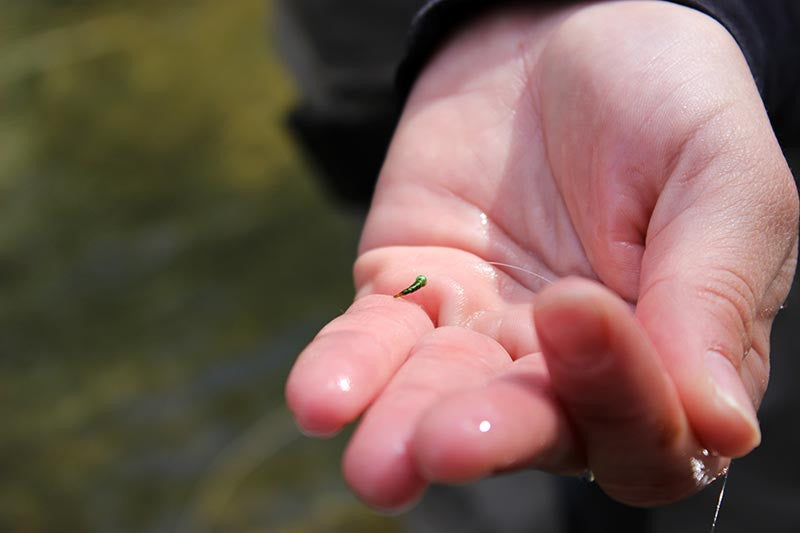
I swear to fish the hatch and the whole hatch.
To most fly anglers, fishing the hatch means fishing dries, spinners, or maybe emerger patterns to actively feeding trout.
For more years than I can remember, I've spent time sitting on the bank waiting for the “hatch” to happen.
Then about 15 years ago it hit me when a guide client asked me, “what were the bugs doing before they hatched?"
Bam! Light went on.
Why I hadn’t thought of this myself? Continue reading
